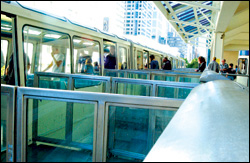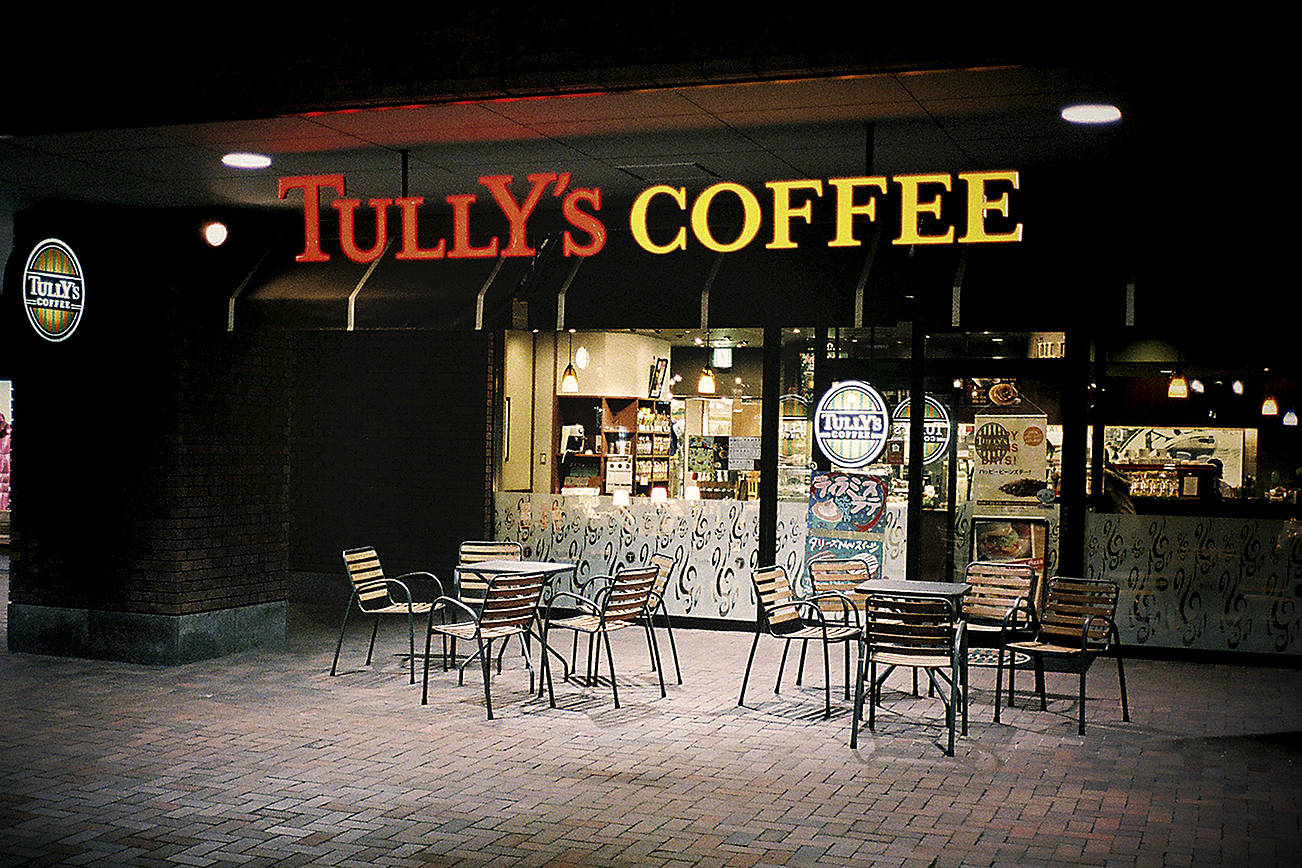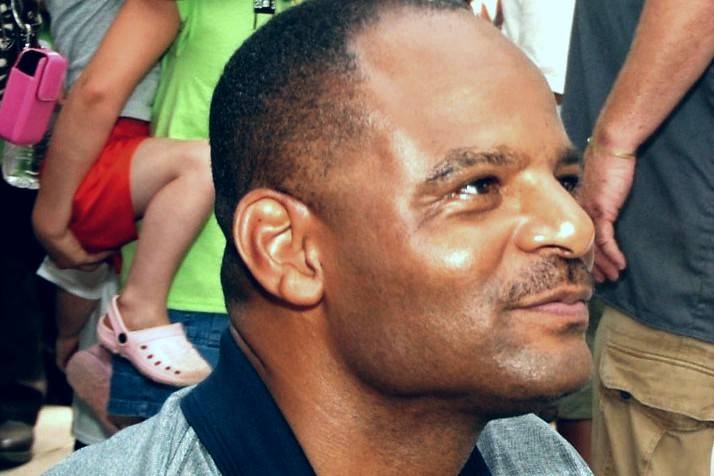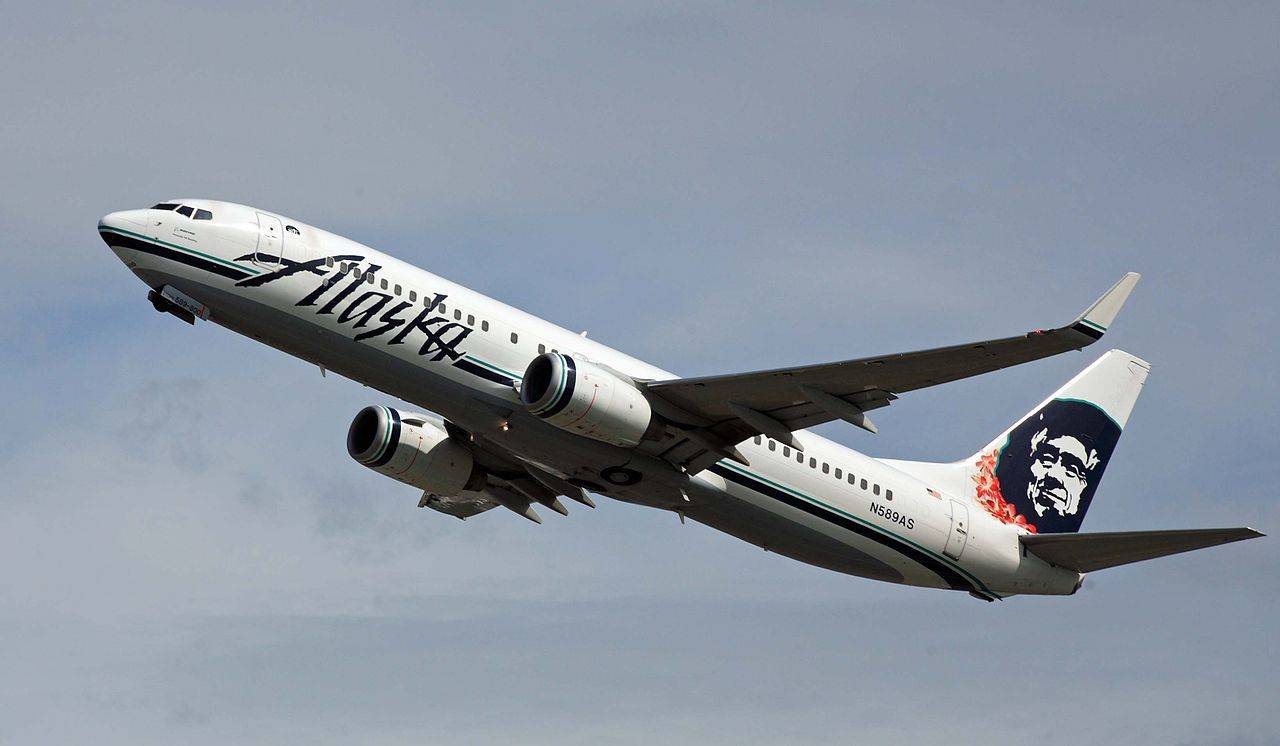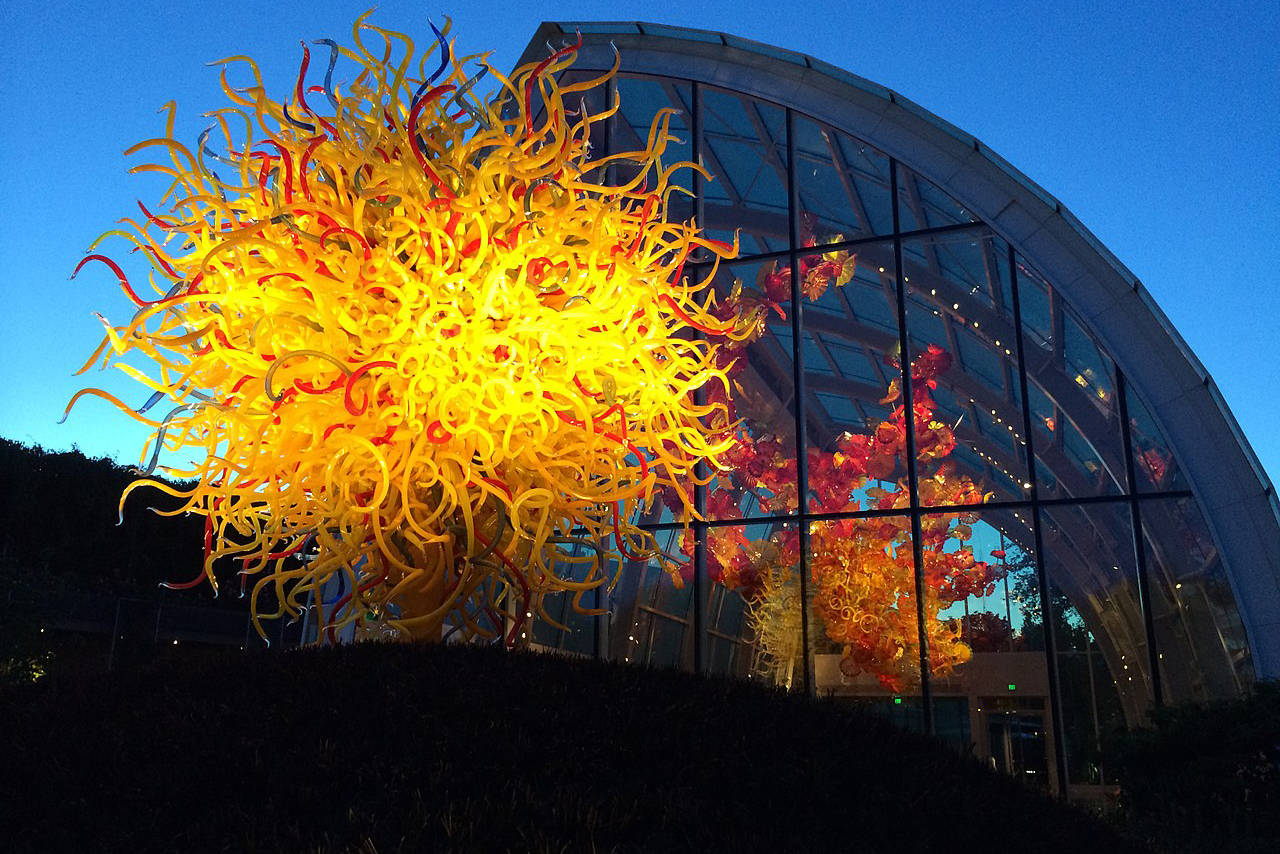One of its two potential construction teams is reorganizing at the last minute, and its tax revenues have consistently come up millions of dollars short in the first 11 months. But just so no one gets the impression that the new Seattle monorail’s ongoing $5.1 million advertising blitz is a feel-good promo for a project in trouble, officials are calling the campaign “educational.” Among other things, it suggests potential riders might want to put off buying that new car and instead opt for a lift on the new high rails. As a radio ad claims, the monorail will be arriving “soon” (2007, the scheduled opening date of a mini line from Interbay to downtown).
The catch is, if Seattleites take the monorail’s educational ads and environmental advice to heart, there won’t be a monorail. The nasty little secret of the city’s mass-transit dream is that the family Smogmaker XL is critical to the monorail’s success. The $1.6 billion project’s funding comes solely from an excise tax on Seattle’s 400,000-plus registered vehicles. Without revenues from the automobiles, the proposed 13.7-mile Green Line can’t be built. Actually, the more costly and perhaps bigger the car you own, the better for mass transit. New cars will in fact be providing most of the monorail’s tax revenue.
To put it in the form of a slogan you won’t be seeing in the monorail’s ads: Help fight pollution and gridlock—buy an SUV.
Seattle Monorail Project (SMP) Deputy Director Anne Levinson agrees “it appears on its face to be mutually inconsistent” to rely on an income source the monorail theoretically wants to supplant if not replace altogether. And while it might not look good for the green monorail to quietly pin its hopes on Glen Grant and the Huling Bros., Levinson thinks a happy medium can be found. “We feel we can change the pattern of having multiple cars in a household,” she says, “and still produce the revenue we need.”
SMP’s theory is that the monorail may inspire a drop in Seattle car ownership, but any loss of its tax base will be offset by ownership of more expensive cars, based on inflationary costs and America’s love for that new-car smell. Levinson describes it as “a growth pattern for vehicle values that far outweighs any loss from a downturn in car ownership.”
It’s clear the monorail needs that new-car value to survive. Under state law, the taxable valuation of a vehicle drops from 100 percent for a new one down to 10 percent for a vehicle 13 years or older, as it depreciates.
The current taxable value of all eligible personal and commercial cars, vans, and trucks in Seattle is $3.2 billion. The monorail expects that current value to increase to $15.8 billion by 2030.
That projected 6.1 percent annual growth in value—based in part on SMP’s assumption that car prices will rise faster than standard inflation—is what monorail officials say they need to make it all work.
The SMP tends to emphasize this $12.6 bil- lion increase as added value, not added vehicles. But there almost certainly will be more cars. Population increases alone are expected to continually boost ownership, new or used, in Seattle (although at a relatively lower rate if there’s a monorail option, along with the new Sound Transit light-rail system). National trends also reflect a relentless climb in car ownership despite the expansion of mass transit systems.
Of course, de-emphasizing any dependency on the car is a politically strategic position for SMP. After all, its new ads on radio and TV and in print, including Seattle Weekly, promise the electric-powered monorail will improve lifestyles and the environment, cutting out 5 million local car trips a year and helping unclog streets and clear the air. However, there’s a catch to that, too. The cutbacks would be in the growth of gridlock and emissions, not a decrease from their current levels. A major, lasting environmental reversal would likely require a corresponding abandonment of the car, and mean less revenue for SMP.
Under the financial plan approved by voters in 2002, the 1.4 percent annual monorail tax is tacked onto license plate tab sales within Seattle. For the past year, the monorail has been collecting at a sort of introductory rate of 0.85 percent, based on the value of the vehicle. On June 1, the fee jumps to the full 1.4 percent ($140 for the owner of a $10,000 car). The tax was supposed to last until 2020 but may be extended to 2030 or longer.
SMP originally overshot its revenue estimates by as much as a third. That shortfall, in the hundreds of millions, led to design changes, spending cuts, and a crackdown on supposed scofflaws who try to avoid paying the tax by claiming an out-of-town address when registering their cars. As of Friday, April 23, a new administrative rule by the state Department of Licensing adds a potential prison sentence to such evasions. At SMP’s request, the DOL has made false registration of an address a felony, punishable by up to five years in prison and a $10,000 fine.
Monorail officials are promising creative financing efforts and other measures to fully fund the project. Exactly what their plans are isn’t clear—though they’re promising an educational campaign on that topic, too. There is yet no sign, however, that the tax gap is being shortened. SMP expected an average collection of more than $3 million a month from the car tax in the first, lower-taxed year, but has averaged only $2.2 million in the first 11 months, state figures showed last week (though the monorail’s March take, $2.5 million, is its largest so far).
At the same time, SMP has been rocked by the “repositioning” of one of its two construction bid teams as the deadline nears. The teams, one headed by Hitachi Ltd., the other by Bombardier Transit Corp., are scheduled to submit bids June 15. Builders Peter Kiewit Sons’ Inc. and Granite Construction quit Bombardier’s Team Monorail as major contractors, not wanting to shoulder the liability, says Team Monorail executive Tom Stone. Though he says his group determined in December that the project could be built with the money available, he’s scrambling to reposition other companies into the lead roles to firm up his bid. Says SMP’s executive director, Joel Horn: “It’s quite common for that to happen. We’re still on track to break ground this fall.”
SMP officials are likewise optimistic about funding. One of its new tax studies notes that as evolution of the features and technology of automobiles occurs, it’s likely the average vehicle price “will continue to grow at a rate greater than other goods and services. . . . The logical extension of this [rising price] perspective is that it is very unlikely that the Monorail’s finances will be impaired significantly over the long term by its own success.” Just keep those weekend blowout sales a-comin’.
